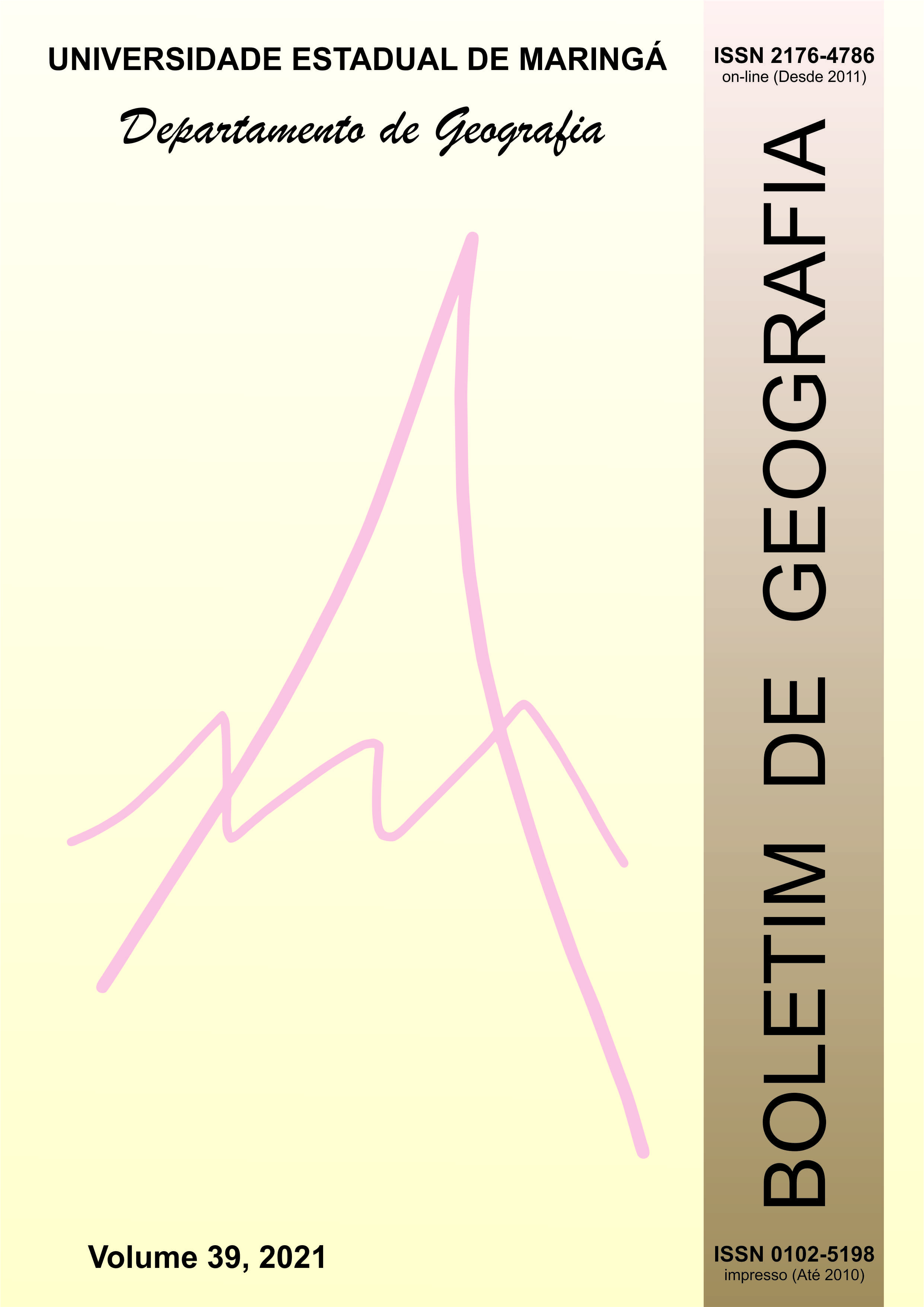Analysis of changes in the land use and coverage in two parks and its surroundings in Campo Grande, Mato Grosso do Sul
Abstract
Urban parks are an important element in the composition of the urban landscape, with ecological, aesthetic and social functions. However, these environments are subject to human pressure, threatening their stability. For these reasons, the objective was to analyze land use and land cover and the Normalized Difference Vegetation Index (NDVI) in two State Parks (Prosa and Matas do Segredo) located in the urban area of Campo Grande, Mato Grosso do Sul. Landsat TM 5 and OLI 8 and, Sentinel 2a MSI images, in 1985, 2000, 2014 and 2020 years were used and evaluated using geotechnology procedures. The results obtained indicate that the parks present problems related to the lack of effectiveness of the management plans, with anthropized areas existing within the limits of the UCs. In addition, the buffer zones that should mitigate the anthropic impacts that the parks suffer are pressure agents, as they do not have adequate management, with continuous removal of native vegetation cover for different uses, also portraying problems related to management plans. On the other hand, the NDVI demonstrated the resilience of the environment, indicating gains in quality in the plant structure that become more complex. The results obtained indicate that despite the problems, the parks have good vegetation quality and the fulfillment of one of their functions, the conservation of natural resources, in addition to providing better environmental conditions to the communities in their surroundings and the city.
Downloads
Copyright (c) 2021 Boletim de Geografia

This work is licensed under a Creative Commons Attribution 4.0 International License.
O Boletim de Geografia está licenciado através da Creative Commons Atribuição 4.0 Internacional (CC BY 4.0).
Autores que realizam submissões ao Boletim de Geografia concordam com os sequintes termos:
- Autores retêm todos os direitos autorais e concedem à Revista direitos exclusivos da primeira publicação, com o artigo licenciado sob os termos da Creative Commons Atribuição 4.0 Internacional (CC BY 4.0).
- Após a publicação, fica permitido ao autor a republicação em qualquer outros meios de divulgação, desde que mencionada a fonte original.












